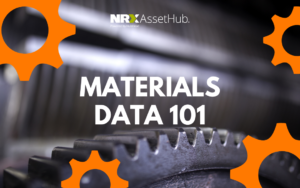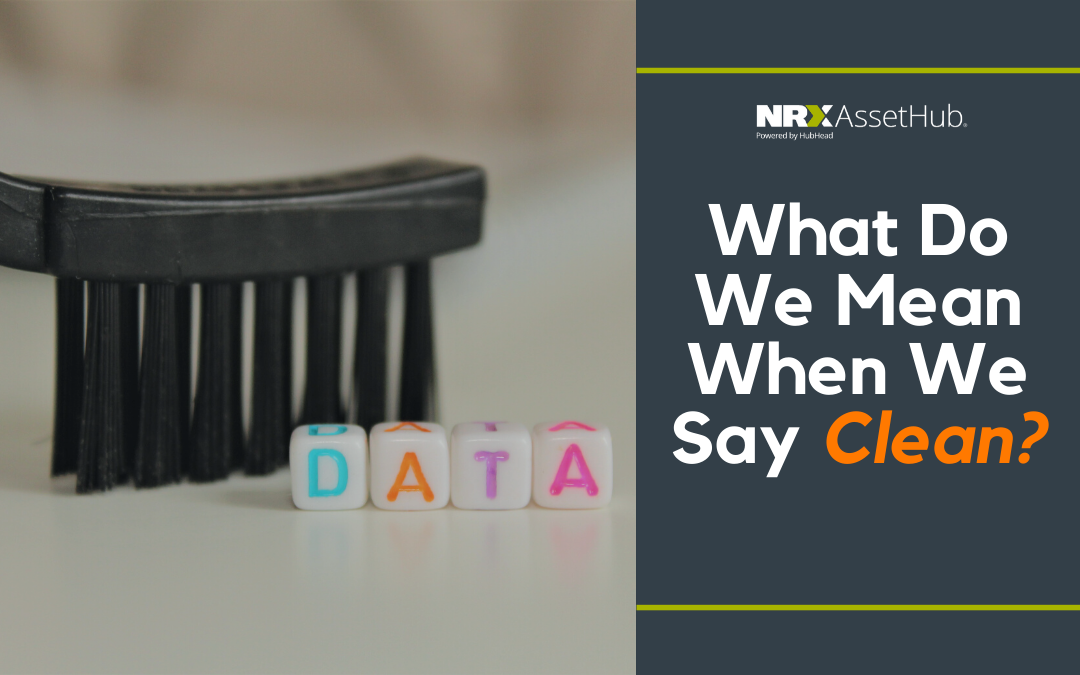Clean materials data means…
1. Classify spare parts with a dictionary or library: Clean materials data is data that has been renamed or reclassified according to some kind of taxonomy. Organizing the names and attributes of your materials data so that they follow a particular classification system or catalogue can be really helpful for making your spare parts easy to find in your EAM system.
2. Standardize naming conventions: Keeping materials data clean means following a standard so that in future, the way you name and classify your spare parts does not become inconsistent and less searchable. The process of a materials cleanse means introducing these new standards and updating the names, descriptions, and characteristics of the current materials to match these standards.
3. Find and delete unnecessary or duplicate parts: To clean materials data means to locate poor quality data and correct it so that it more accurately matches your spare parts inventory. This means removing spare parts data in your EAM system that no longer exists in real life or has different attributes and characteristics than what actually exists in your inventory.
4. Organize different documents: Whether you’re organizing vendor documents or Bills of Materials (BoMs), a materials cleanse is a chance to bridge the gap between the information in your EAM system and your assets in real life. A materials cleanse can mean synchronizing more comprehensive documents with the spare parts they’re comprised of. This can improve their accuracy and usefulness.
And much more!
The list of tasks above is not exhaustive, but it may give you a sense of why a materials cleanse can be a huge undertaking for a business that has thousands (or even millions!) of spare parts to organize in their EAM system. However, the payoff of a cleanse can be enormous. Clean materials data helps workers navigate spare parts data more efficiently and prevents the costly errors that can happen when inaccurate data leads to mistakes. If you’d like to learn more about what it means to make materials data clean, read one of our resources below, or book a demo with us to see if NRX AssetHub can be part of your materials cleansing solution!
Materials Data 101

Learning to Love your Legacy Materials Data

Strategically Source Spare Parts and Spend Less with Materials Cleansing

Share this article

